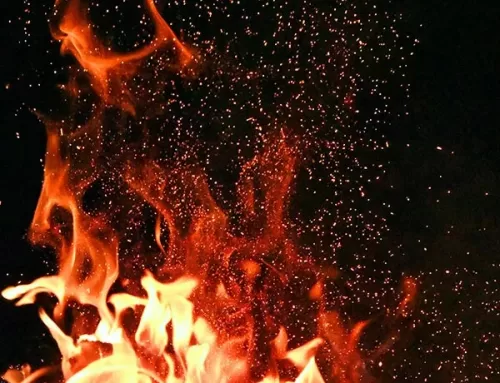3 Tips to know the prismatic reflective sheeting industry
The main technology of prismatic reflective sheeting:
(1)The raw material:
The prismatic reflective film uses photolithography molds, films, etc as the main raw material, which has great influence on the quality of final products. As for photolightinggrapgy,it requires all manufacturers to have an independent optical design group,high-precision optical engraving capability, optical template replication capability as well as high-precision laser welding capability. The film for producing the prismatic reflective sheeting needs to have a great demand for transparency, weather resistance, physical stability, and inkjet printability. What’s more, different fields have different criteria of it.
There are two main technical routes in the industry for reflective film curing and molding.
One is the hot pressing molding technology based on pure physical method, and the other is the light curing molding technology based on physical + chemical method.A similar feature is through the way of energy transmission to attach the film to the surface of photolightinggrapgy,and then wait for forming the construct of prism and pattern. Finally, it has solid physical characteristics.
Compared with thermoforming technology, photocuring molding appeared later and is more advanced. Speaking theoretically, using this way to produce the prismatic reflective film will cause less pollution to the environment. Besides, the theoretical retroreflection coefficient of the product is higher. However, there are some basic problems in reality, like, unstable products quality, low production speed and troubles controlling the progress of production. So,it hasn’t formed a large scale in China.
Technology
The prismatic reflective sheeting’s production process as well as the technologies are complex, and can be divided into two main approaches—-Photolithography mold forming and prismatic reflective film curing forming.
Photolithography mold forming can be further divided into multiple specific processes,for instance, optical template design, engraving, replication, cutting, ultra-high precision welding, and mold forming. In particular, optical design, engraving, replication, and other processes require extremely high technical levels of enterprise. Cutting, welding and other processes have extremely high requirements for operating accuracy and operating environment cleanliness, and are difficult to produce.
2、The state of this industry’s development
Devising new technology for producing prismatic reflective material may be dramatically hard to account for the quantities of core procedures. Light material is used in traffic safety earlier. Compared with the domestic enterprises that majored in reflective material, the foreign companies have more advantages in the effects of brands, product innovation as well as market application. The reflective material industries in China started later, but with the full facilities system and the encouraging policies, nowadays, it developing fast. In some aspects, our production scale can lead the world’s other reflective material-producing countries.
3、The target of achieving domestic substitution of high-tech reflective materials has challenge
From the past few years, domestic reflective material companies have already realized domestic substitution of high-tech reflective material accounts for the continuous improvement of the research and development capabilities of reflective material companies. In the future,it may replace the more famous and popular market, some reasons have been told above.
If you have any questions, please feel free to contact us. We are one of the sophisticated manufacturers in the prismatic reflective material producing industry.
EXCERPT:
Prismatic reflective material mainly utilizes the Photolithography molds as well as film as the raw material. There are higher requirements for producing the prismatic reflective film,for instance, transparency, weather resistance, physical stability,and inkjet printability. In a word, different fields have some different demands for the raw materials because of the product’s features and requirements.





